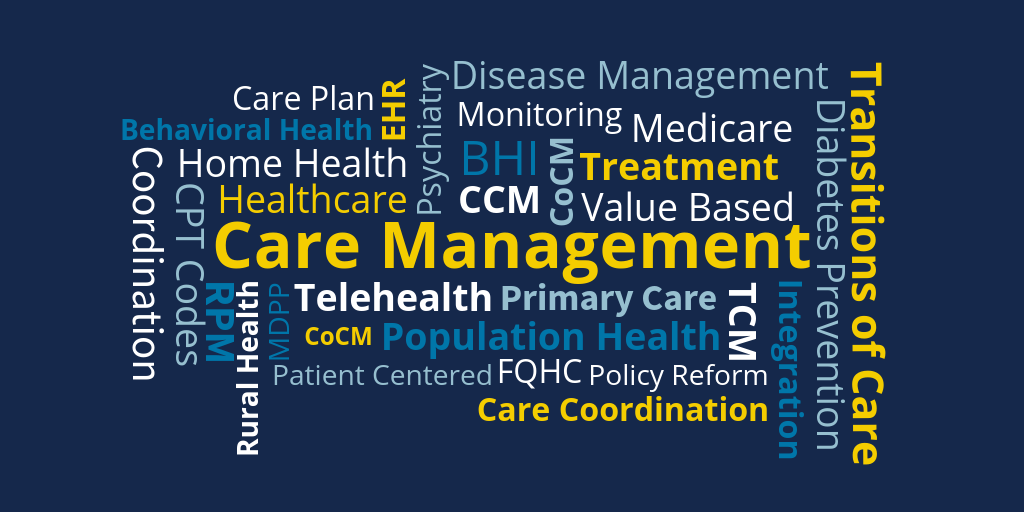Many of us have worked across our communities, states and even Capitol Hill to create and optimize chronic care management (CCM) and remote patient monitoring (RPM) programs over the past decade. I predict that 2024 will be the year that realizes the fastest growth of care providers implementing these value-based care programs as well as the most patients managed by CCM & RPM overall.
Tangible Results: The Proof is in the Pudding
In a recent survey by our friends at Sage Growth Partners, 94% of respondents said that RPM programs have improved patient outcomes, while 73% said they have yielded a positive return-on-investment (ROI).
Not only that, but survey respondents also indicated a positive ROI associated with CCM programs. Around 78% said that chronic care management ROI comes from additional revenue, with respondents saying they have experienced an approximate 29 percent reimbursement increase after the program was implemented.
My personal experiences over the past several years have led to similar results as 100% of the care providers that I have worked with have experienced reductions of unnecessary hospital readmissions, improved patient outcomes, a positive ROI, and significant Medicare reimbursement increases.
Encouragingly, because of this overwhelming success, CMS is investing in more CCM & RPM programs than ever before, and research shows that almost half of healthcare executives are either examining or implementing these programs today.
Safety Net Success: A Positive Shift for FQHCs/RHCs
Also starting in 2024, a pivotal change is set to empower FQHCs and RHCs—allowing the billing of multiple instances of the general care management code G0511. This transformative move by CMS enables FQHCs/RHCs to bill for Remote Patient Monitoring (RPM) and Chronic Care Management (CCM) services per patient, transcending the limitations of a one-time G0511 service per month.
Unleashing the FQHC/RHC Potential: How It Works
Under the new regulations, providers can bill for CCM time, RPM time, RPM device usage and other care management codes per patient, provided that patients meet the requisite criteria such as consent, two chronic diagnoses, utilizing an RPM device for 16 days, and accumulating 40 minutes or more of CCM/RPM care management time, leading to billing for multiple G0511 instances.
With all this success and momentum, I wholeheartedly predict that 2024 will be the year that chronic care management and remote patient monitoring programs become center-stage with a majority of care providers that treat applicable patients, and we will experience the “tipping point” for these programs in our nation’s healthcare system!

